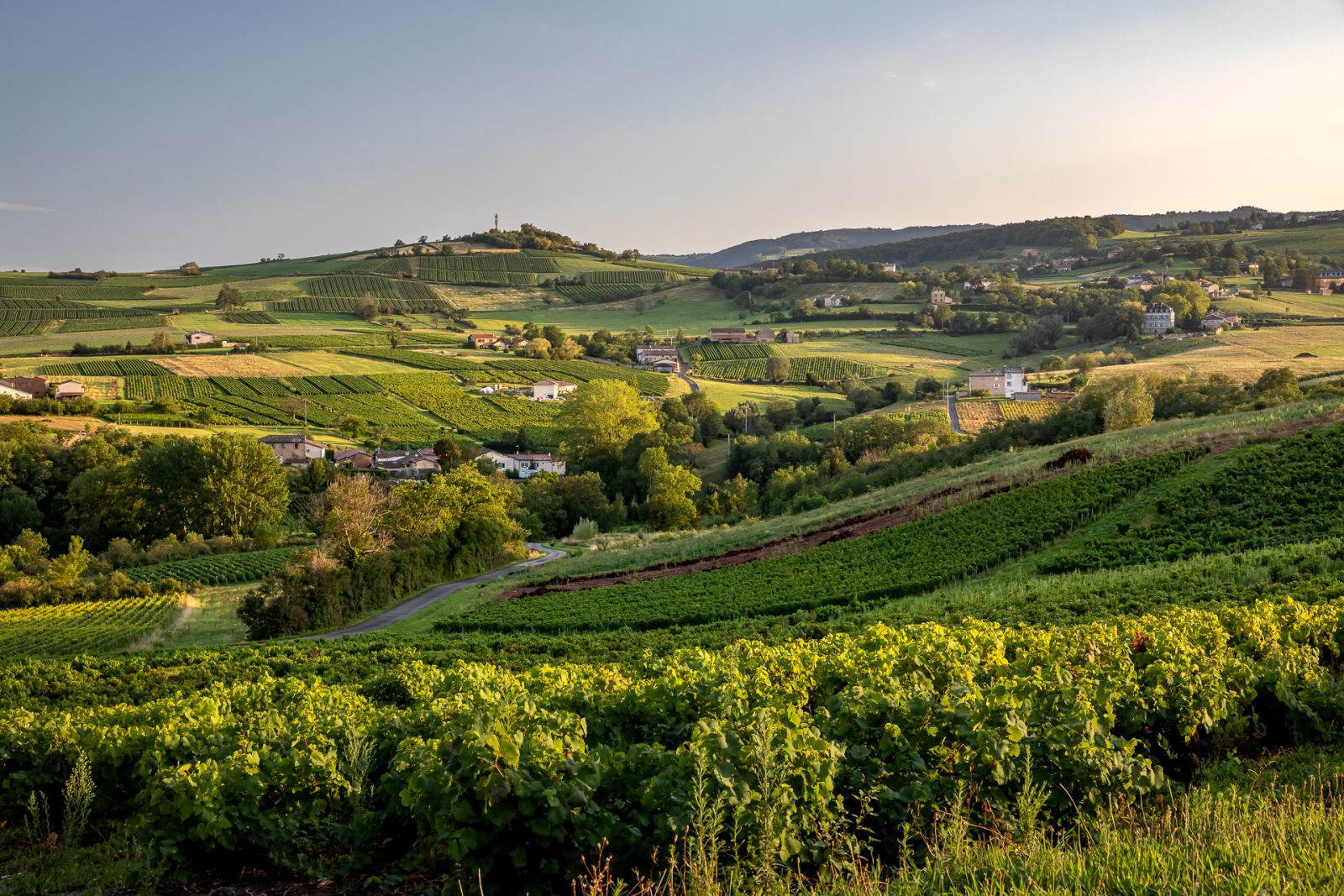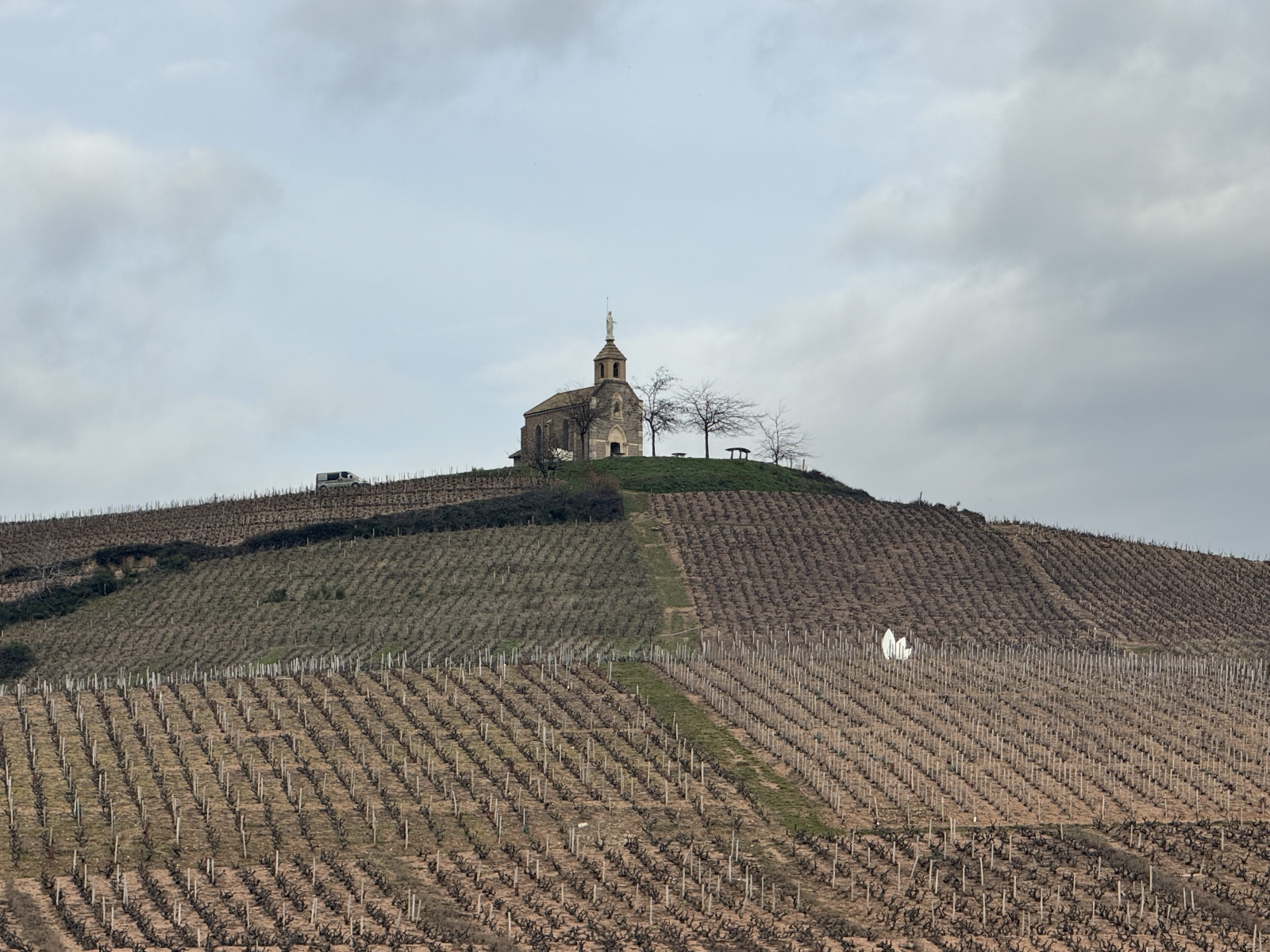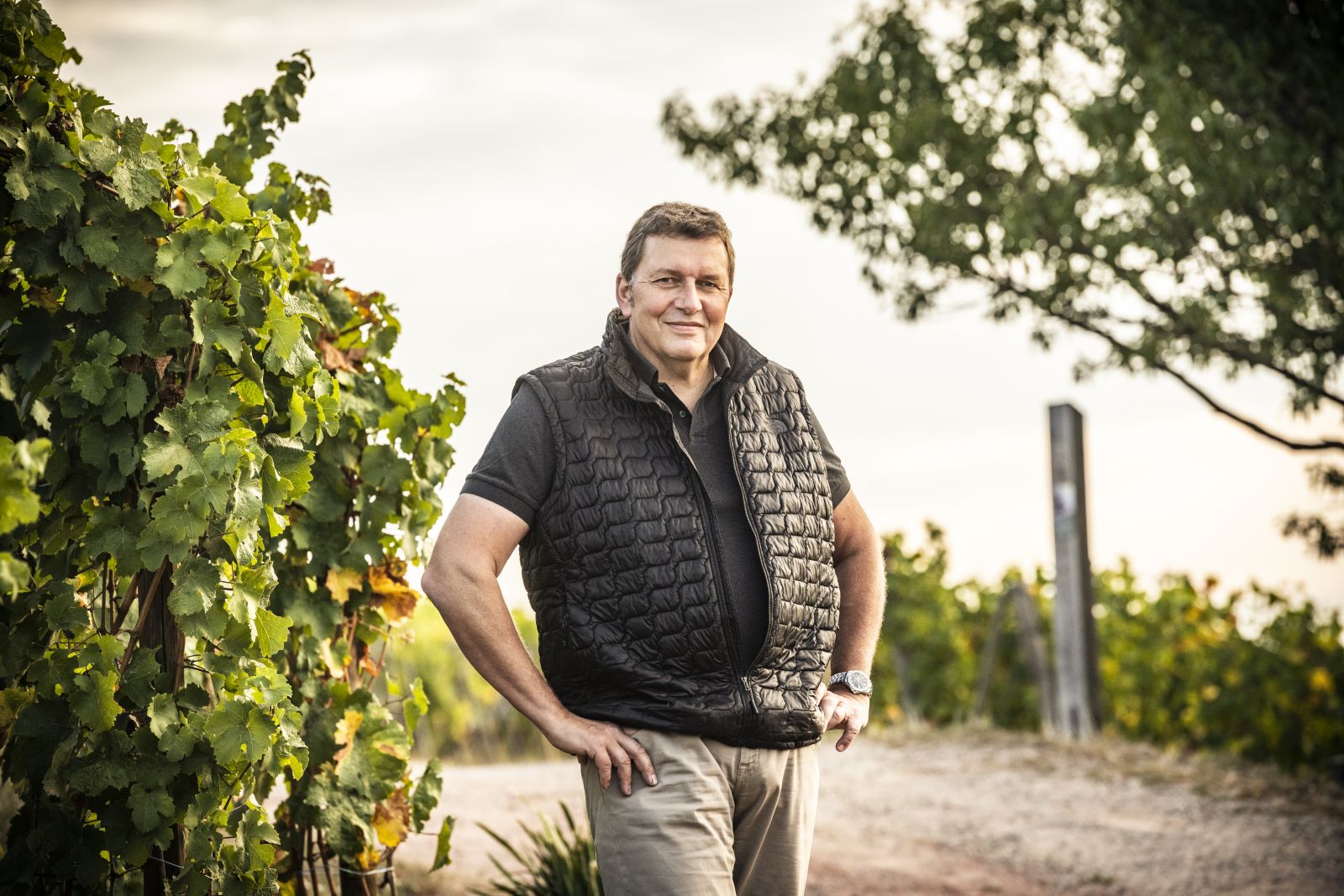BLOG
10 Things You Might Not Know About Bordeaux
Wendy Narby
Regions and Producers
1. Bordeaux is big
Bordeaux is almost four times the size of Burgundy and represents 14% of total French wine production. There are 103,200 hectares of vines over 65 different appellations. It is the largest PDO vineyard of France and represents over 1/4 of the AOP vineyard area in France.

The vines reach about 80 kilometres up the Medoc peninsular to the North of the city, 80 kilometres to the South, 100 kilometers to the East towards the Dordogne and just 20 kilometres to the West to the airport, where a few token vines are planted to welcome visitors. Production varies from vintage to vintage but averages 4.2 million hectolitres or 560 million bottles per year.
2. There are 5,000 wine properties producing AOP wines in Bordeaux
With an average size of 20.5 hectares (about 50 acres) 56% are family-run estates, still far from the image of large properties that many people hold of Bordeaux.

3. International reach
45% of Bordeaux wine production is exported to over 170 countries globally with 16 bottles of Bordeaux purchased every second somewhere in the world.
4. It’s by the seaside
On the 45th parallel, the vines start just 50kms inland from the Atlantic coast, profiting from the moderating effects of the ocean giving a temperate climate. This effect lessens as the vines spread East with Saint Emilion having a more continental climate than the Western Médoc. There are amazing sandy beaches all the way down the coast to Spain behind a forest that protects the vineyards from Atlantic storms.
5. 75% of vines are under sustainable certification
Bordeaux leads France in having the highest percentage of vineyards under sustainable certification, including organic (25%), biodynamic and several sustainable certifications.
6. Although only 5% of Bordeaux is classified, there are five classifications across Bordeaux.
The best-known is the 1855 Classification of Médoc, Graves and Sauternes with its five levels from first to fifth growth plus the Premier Grand Cru Supérieur of Château d’Yquem in Sauternes.
Saint Emilion has been classified since 1956 and updated—more or less—every 10 years with three levels, Saint Emilion Grand Cru Classés, Saint Emilion Premiere Grand Cru Classé B (although no one puts B on their label!) and Saint Emilion Grand Cru Classé A. The latest (7th) classification dates from 2022 and includes 71 classified growths (Grand Cru Classés) and 14 first growths (Première Grand Cru Classés) of which two are As.
The Graves Classification, introduced in 1953 (updated in 1959), has one level and includes properties in Pessac-Léognan although this appellation only came into existence in 1987. There are just fourteen châteaux, but it is the wine not the château that is classified: twelve red and eight white wines, with six properties classified for both.
Cru Bourgeois was created in 1932 and is restricted to the eight Medoc appellations. Originally with three quality levels: Cru Bourgeois, Cru Bourgeois Supérieur and Cru Bourgeois Exceptionnel. It was revised in 2003 and from 2008 to 2018 was reclassified every year but with just one level: Cru Bourgeois. Since the 2018 vintage, the classification lasts five years and has reintroduced the three-tier system.
The first official Cru Artisan classification dates from 2006 and originally included 44 properties from the Médoc. Reclassified in 2017, the classification currently includes 36 vineyards.
7. Bordeaux sparkles with diversity
Famous for its reds, these red grapes make up 89% of plantings while 11% of the area is planted with white grapes for sweet and dry white wines. Bordeaux produces 81% of red wine, 11% dry white, 4% rosé, 1% sweet white wines and a surprising 3% of Crémant (white and rosé).
8. Not just AOP
Wine makers are experimenting across Bordeaux using the Vin de France and IGP (Indication Geographic Protégé) denominations that provide more liberty in grape varieties and wine making techniques. Vin de France represent about 2% of production (about 132,000 hl), where you’ll find orange wines, non-permitted grape varieties such as Chardonnay and Shiraz, Blanc de Noirs and even Pet Nat. There are 150 producers of Vin de Pays de l’Atlantique but this also includes the neighboring regions of Dordogne, Charente, Charente-Maritime and Lot et Garonne.

9. Cooperatives represent a quarter of Bordeaux production
26% of Bordeaux is made in cooperatives supplied by 38% of the producers. These are often smaller family properties that choose to grow grapes but give the wine making responsibilities over to the co-operative. Each producer is a co-owner of the wine making facility as a pro rata to their production volumes.
10. Mise en bouteille au château.
Despite the château image of Bordeaux, 34% of Bordeaux wine is bought in bulk from vineyards and bottled by wine merchants rather than at the estate. This wine is made at the estate, very few grapes change hands-less than 1% of production is sold as grapes.
Explore Bordeaux’s Best Chateaux
Want to explore Bordeaux's top wine producers? Explore our Bordeaux Producer Guide below.




